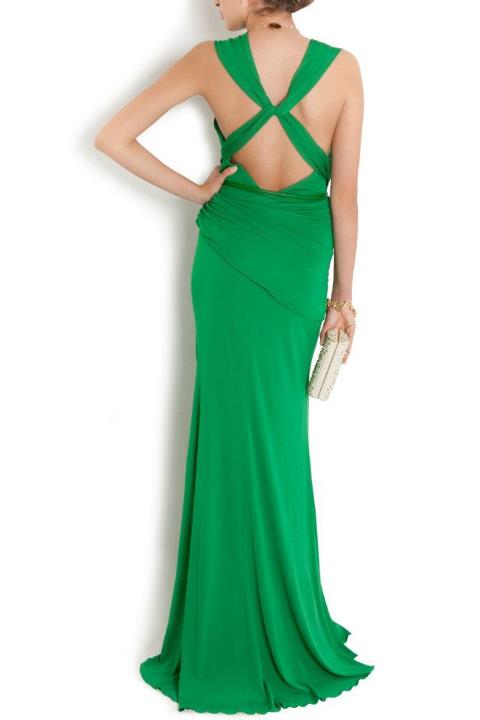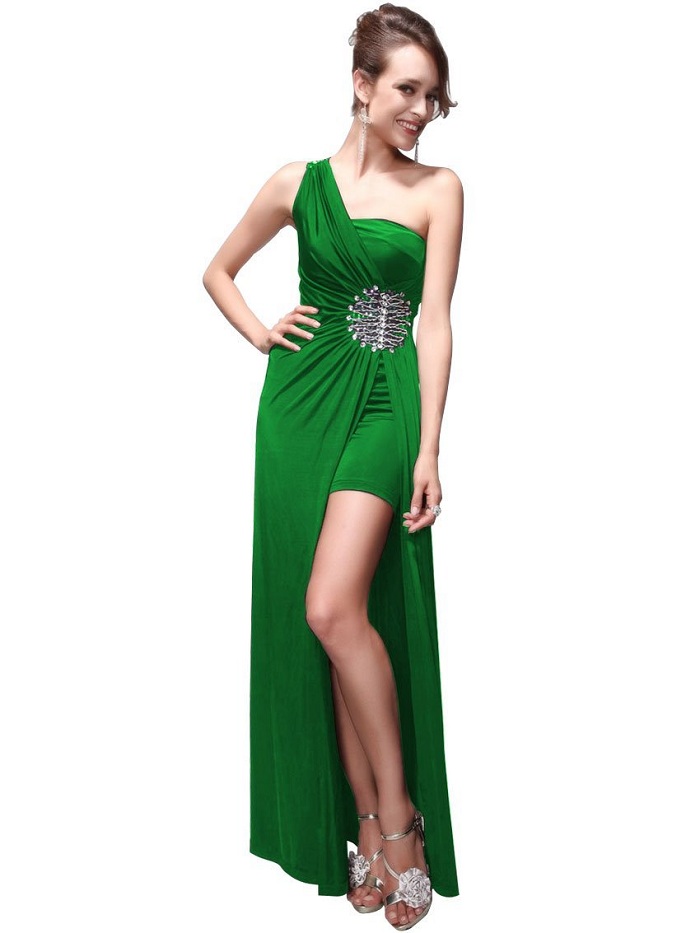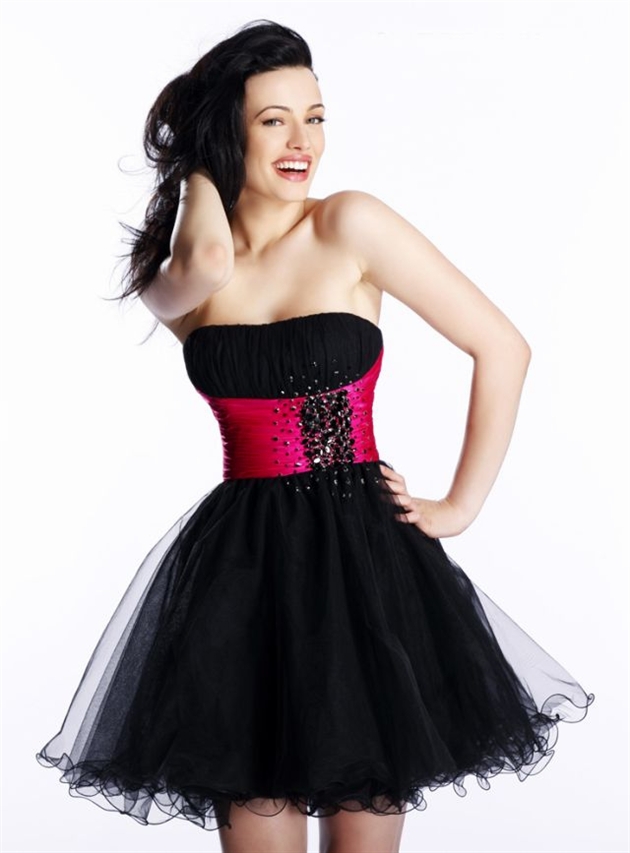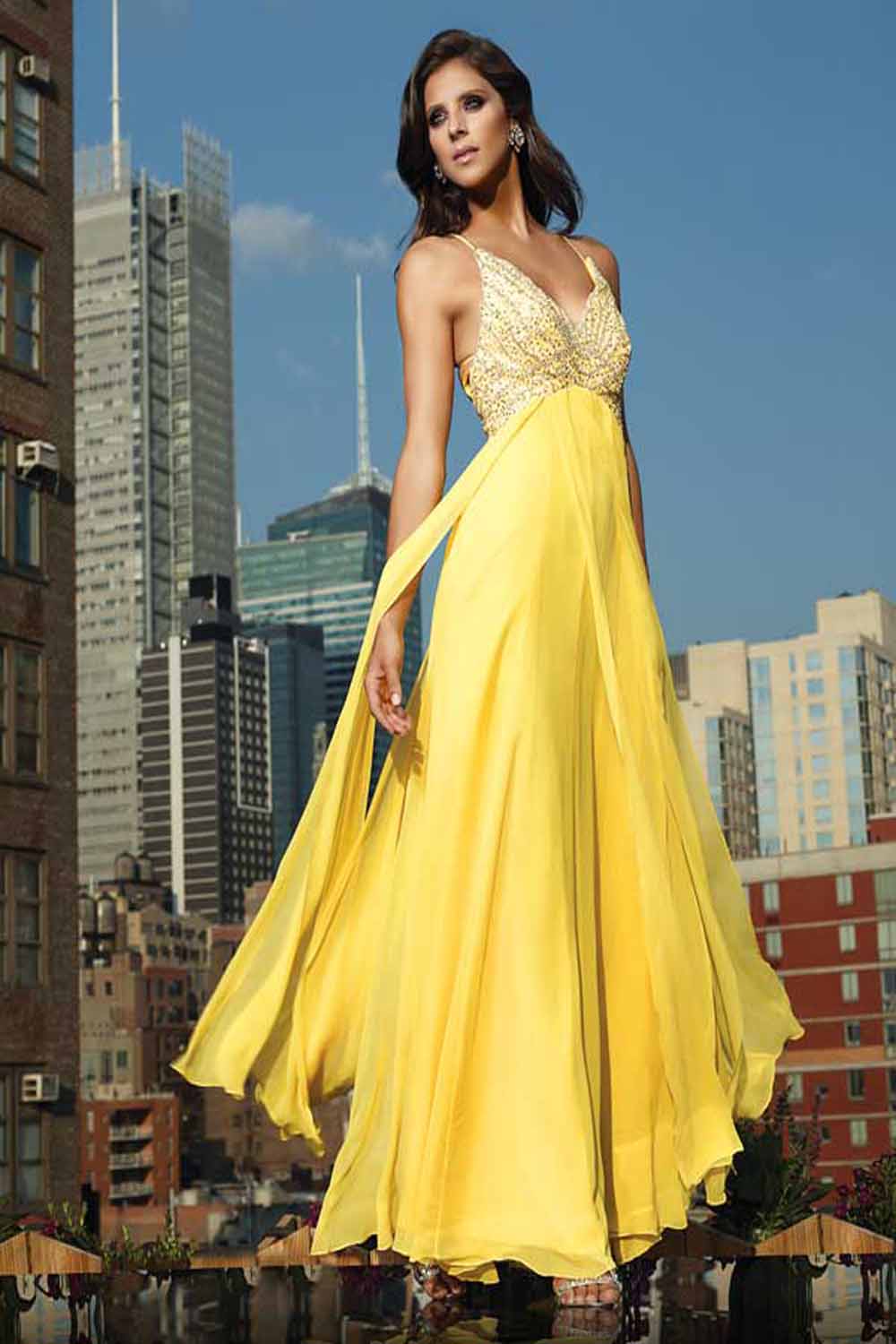Formal dresses are the particular kind of clothing that is the most appropriate for events such as weddings, dinners or even a dance. They can differ from country to country, and culture to culture. Different countries and cultures have different standards of clothing for formal events, and they may differ in terms of the kind of dress that is worn, the color, size and even motifs on the material.
When it comes to events, there are also several degrees of formality. In very formal events, the kind of formal dresses that are to be worn is different to those that are to be worn in moderately formal events. In the West, most hosts inform their guests the dress code of the particular event.














The dress codes can be categorized into black tie or formal, white tie or ultra-formal, black tie optional, creative black tie, semi-formal or after five, cocktail attire, festive attire, dressy casual and casual. Men in the West usually wear a tuxedo and a tie in very formal events. Formal dresses for women would be long or short cocktails, or long evening dresses depending on the event. Generally, in very formal events, women wear long evening gowns for dinner, day gowns for the daytime, and ball gowns for dances. It is customary for men to wear tuxedos with or without a tie. Black or white is the official color in the West, depending on whether the event is a black tie or a white tie event.
Formal dresses in the East differ from that of the West. For example, the Sari is worn by women in mostly in the Indian subcontinent. In other parts of the world, a formal dress worn by men and women is even more diverse. For instance, the Dashiki is worn by West African males, and the Bunad by both men and women of Norway. All regions of the world have a particular dress code for formal events. Sometimes, they differ by their very features, sometimes, by even their color.
Despite all the differences in their respective features, formal dresses are only reserved for very formal events in all countries of the world. In most parts of the world, the dress code of different events is strictly conformed to. Observing the dress codes not only reflect one's culture, it can also reflect one's personality, and attitude toward dressing in general.
No comments:
Post a Comment